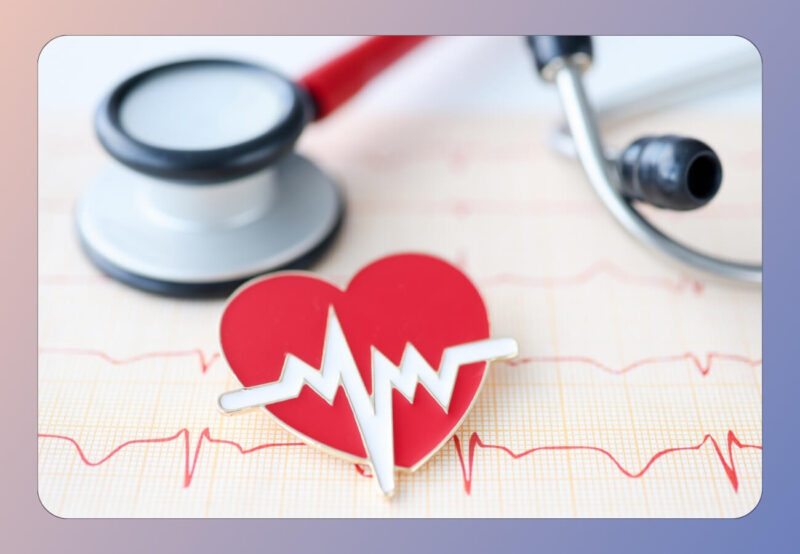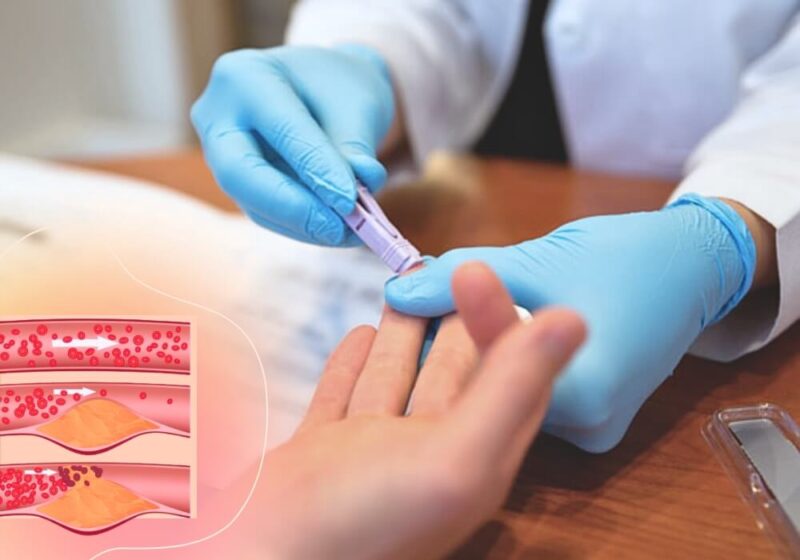What claims more lives in the United States than any other disease? Heart disease. It encompasses a range of lethal conditions like coronary artery disease, angina, heart attacks, and congestive heart failure. But amidst this grim reality lies the undeniable power you have to improve your heart health. Here are four strategies that can dramatically lower your risk of heart disease.
1. Choose Foods That Fight Hypertension
The American Heart Association endorses the DASH diet, a strategic eating plan designed to combat hypertension, one of the biggest contributors to heart disease. It emphasizes lean proteins, low-fat dairy, and a generous variety of fruits and vegetables while avoiding the pitfalls of excess sodium, sugar, and unhealthy fats. Here are some nutrient-packed foods DASH focuses on:
Whole Grains
Grains like brown rice, oats, quinoa, and barely haven’t been stripped of their goodness through processing, refining, or milling. They are chock-full of fiber, nutrients, and antioxidants that can lower bad cholesterol levels, keep your blood pressure in check, and improve blood sugar control. They’ll fill you up without piling on calories, making them the perfect sidekick for anyone looking to lose weight.
Vegetables
Which vegetables can help lower your risk of heart disease? Start with broccoli, known for its fiber and antioxidant content. Carrots are another excellent choice, offering both fiber and antioxidants. Spinach is also packed with vitamins, antioxidants, magnesium, and potassium.
Fruit
Fruit is known as an all-around healthy food, but certain ones are particularly amazing for your heart:
- Berries: Strawberries, blueberries, raspberries, and blackberries are all rich in antioxidants, including anthocyanins, which protect against oxidative stress and inflammation that contribute to heart disease development.
- Apples: High in fiber and polyphenol antioxidants, apples can help reduce blood pressure and LDL cholesterol levels.
- Citrus Fruits: Oranges, lemons, and grapefruits are excellent sources of vitamin C, flavonoids, and fiber, contributing to lower risk of heart disease by improving cholesterol levels and reducing blood pressure.
- Avocados: Rich in monounsaturated fats, avocados can lower levels of bad LDL cholesterol while raising good HDL cholesterol.
- Tomatoes: Although often considered a vegetable, tomatoes are technically a fruit and are high in lycopene, potassium, and vitamins C and E, which are important for heart health.
- Bananas: Known for their high potassium content, bananas can help manage blood pressure and reduce strain on the heart.
- Pomegranates: They are packed with antioxidants that can help reduce blood pressure, cholesterol, and other risk factors for heart disease.
- Kiwi: This small fruit is a nutrient powerhouse, high in vitamins C and E, potassium, and fiber. It’s also been linked to improvements in cholesterol and blood pressure.
2. Do Heart-Healthy Workouts
Aerobic and muscle-strengthening workouts take the spotlight for their exceptional benefits to heart health. One particularly beneficial type of aerobic activity is high-intensity interval training (HIIT). In HIIT, you alternate between short bursts of high-intensity exercise and brief periods of rest or low-intensity activity. This variety is more effective than traditional aerobic exercise at improving cardiovascular health and reducing the risk of chronic diseases.
Muscle strength exercises play a crucial role in warding off heart disease by bolstering cardiovascular health, slimming down body fat, stabilizing blood sugar, reducing blood pressure, and minimizing the risks associated with obesity and diabetes. Begin fortifying your muscle strength through light weights or bodyweight exercises. As you gain strength, elevate the intensity of your workouts by increasing the weight, adding more repetitions, or introducing complex movements. Achieve balanced muscle development by incorporating exercises that target your upper body, lower body, and core. Your overall aim should be to push your muscles to grow stronger while carefully avoiding injury.
Ever realize how exercise, heart health, and vein health are all connected? Together, they’re a powerhouse trio in the fight against heart disease. When you dive into heart-healthy workouts, you’re doing more than just giving your veins a boost with better blood flow and cardiovascular efficiency. These activities help keep heart troubles at bay by stopping blood from pooling, reducing the pressure on your veins, and keeping the blood flowing smoothly. Controlling your blood sugar and preventing damage from high glucose levels further strengthens your vascular system. This all-around effort dramatically cuts down your heart disease risk, uplifting your overall heart health.
3. Find Your Inner Peace
We all know that stress isn’t beneficial for your mental health, but how does it affect your risk of heart disease? By triggering a surge of hormones like adrenaline and cortisol. These stress hormones prepare your body for a “fight or flight” response by increasing your heart rate and blood pressure. If you experience this kind of activation all the time, it can cause inflammation and other conditions that increase the risk of heart disease. The ways you dodge stress could also be secretly sabotaging your heart health. Coping mechanisms for chronic stress such as overeating, smoking, or heavy drinking can lead to obesity, high blood pressure, and high cholesterol—all risk factors for heart disease.
In a perfect world, you’d just zap away all the big stress triggers in your lives—money worries, job hassles, never-ending chores. But since you probably can’t eliminate these stressors from your life entirely, mindfulness is the next best trick. Embracing mindfulness means living in the now by fully tuning into your thoughts, emotions, and everything around you. It’s often paired with meditation, a practice focused on dialing up your mental clarity and cooling down the chaos inside. Mindfulness cuts through stress, steadies your emotions, and enhances well-being by anchoring you in the present moment, rather than fixating on the past or future.
4. Get a Handle on Your Cholesterol
While cholesterol is essential for bodily functions, excessive levels in the blood can lead to an elevated risk of heart disease. Cholesterol is broken down into two main players: LDL and HDL. People call LDL the “bad” cholesterol because when there’s too much of it, it can clog up your arteries, upping your risk for heart complications. HDL is the “good” guy because it clears excess cholesterol from the bloodstream and transports it to the liver for processing and elimination.
How can you assess your cholesterol status? By undergoing a cholesterol check to uncover your heart disease risk factors. Experts suggest getting tested every 4 to 6 years, but if you’re at greater risk, do it annually. This way you can have a chat with your doctor about your results and if needed, work on a game plan to get your cholesterol levels where they should be.
Keys to a Heart-Healthy Future and Lower Risk of Heart Disease
Despite the lingering threat of heart disease, you possess the power to seize control of your heart health. By adopting a heart-healthy lifestyle, including dietary changes, regular exercise, stress management, and cholesterol monitoring, you can effectively lower your risk of heart disease and embark on a journey towards a healthier and happier life.



